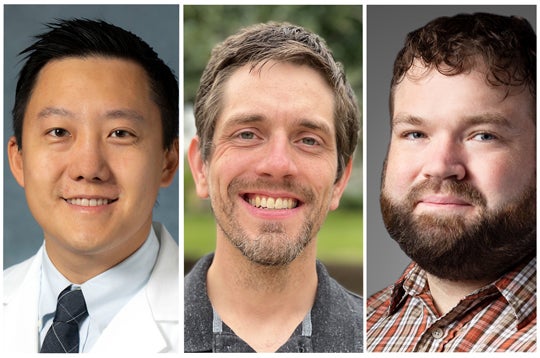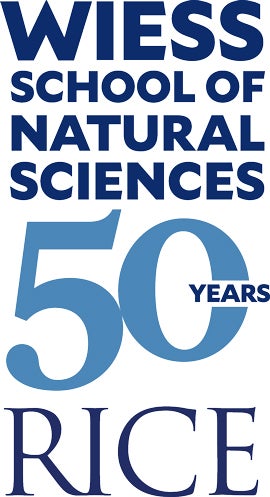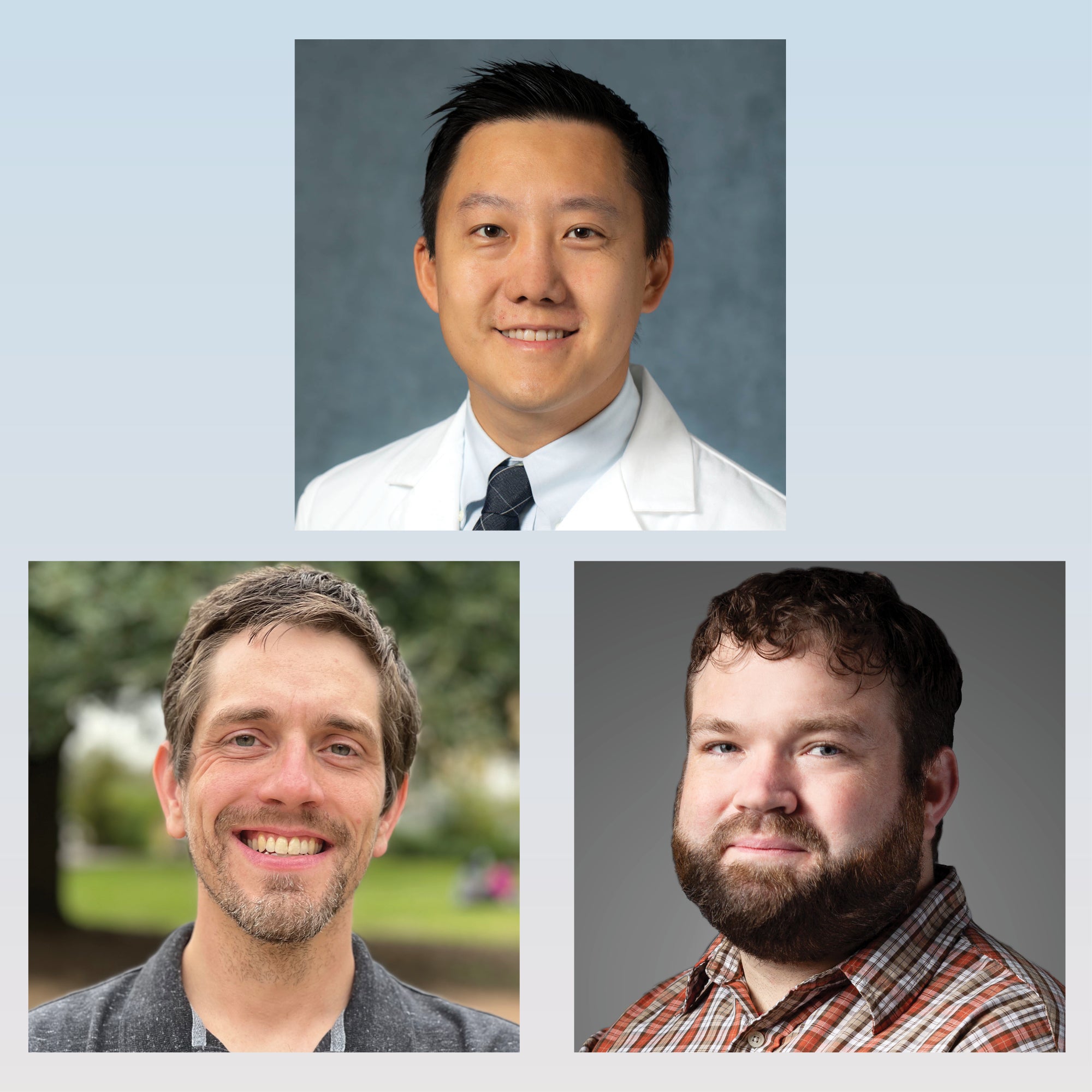In 2008, a team of undergraduates known as the Rice BiOWLogists represented Rice at iGEM, a worldwide competition where student teams use DNA building blocks — think genetic LEGO bricks — to create microbes that do interesting things.
The team had a winning idea: Modify a strain of brewer’s yeast to make beer containing resveratrol, an antioxidant with anticancer and other health benefits that is found in red wine and other foods. Their catchy name for the healthy brew was BioBeer.

They captured second-place honors at iGEM for Best Presentation, and BioBeer caught on with the media, appearing in news stories on National Public Radio, Fox News, CNN, the Houston Chronicle, Popular Science, USA Today and more than 350 other outlets.
For three BiOWLogists, David Ouyang ’10, Taylor Stevenson ’10 and Thomas Segall-Shapiro ’10, the BioBeer research experience proved life-changing.
“It was essential in getting me where I am today,” said Segall-Shapiro, who earned a Ph.D. at MIT and is now an assistant research professor of pathology and genomic medicine at Houston Methodist Research Institute. He participated in other iGEM teams at Rice and also worked in the lab of Joff Silberg, one of the BioBeer team’s faculty advisors. “Those experiences got me hooked on doing research in synthetic biology, which directly led to the lab that I joined for my Ph.D, and I’m sure it helped me get into the Ph.D. program as well.”
Ouyang said the iGEM experience “was a really collaborative way to learn how to do science and in a way that allowed us to follow our passions and be creative. For me, it confirmed that I wanted to do research even while I was interested in medicine.”

Ouyang went to medical school at UC San Francisco, trained as a cardiologist at Stanford and spent four years on the faculty at Cedars-Sinai Medical Center prior to joining Kaiser Permanente Northern California. “After medical training, I did a postdoc in computer science at Stanford applying AI to medical imaging. I practice clinical cardiology 25% of the time, and run a research lab focused on computer vision and cardiac imaging, primarily echocardiography.”
Stevenson earned a Ph.D. in biomedical engineering at Cornell and was part of a startup that created platform vaccine technology that was acquired by GSK. He’s currently the head of preclinical immunology for that technology in GSK’s research and development division for vaccines and infectious diseases.
He said undergraduate research provided more than technical lab skills, in part because of faculty mentoring.
“Because the projects were student-led, it gave me project management and leadership experience that proved extremely valuable during my Ph.D. and later in the biotech industry,” Stevenson said. “Joff encouraged us to think outside the box and take ownership of our projects. It really inspired us to give our all. Beth (Beason-Abmayr) really hammered home the importance of hard work and making incremental progress. If the big elaborate experiment didn’t work, how do we go back and learn something incrementally? Both approaches have proven to be incredibly useful when applied together.”
Segall-Shapiro agreed. “The iGEM advisers were formative to my scientific growth,” he said. “I think the biggest mentoring lesson they taught me is that the best thing you can do to motivate someone is to get them excited about what they’re working on and give them the ability to try out their own ideas and take ownership. That has stuck with me, and I try to let it guide me in my current position.”

